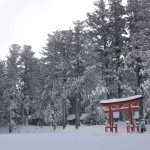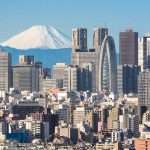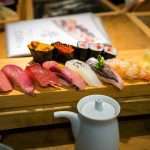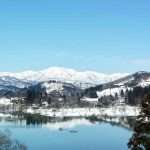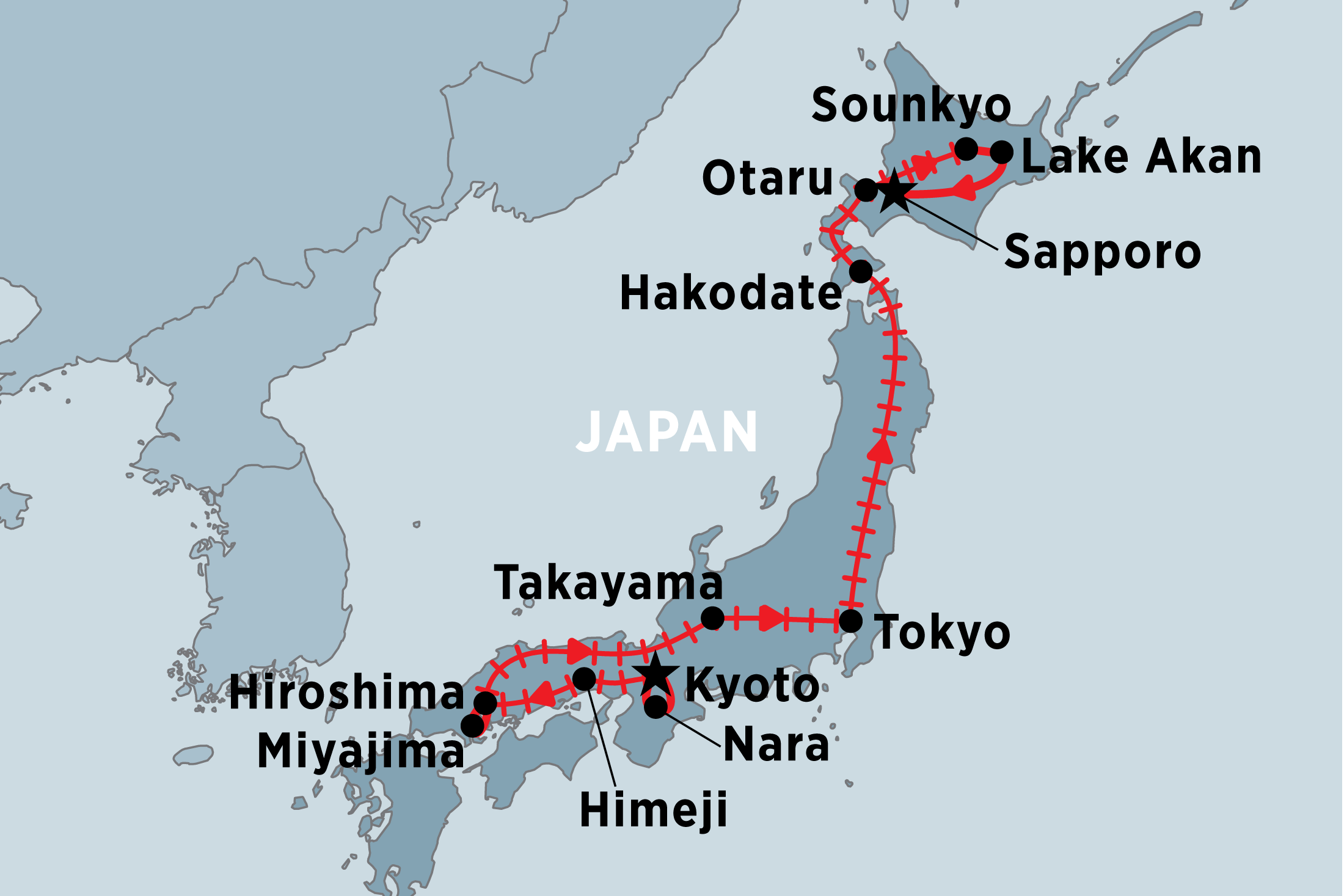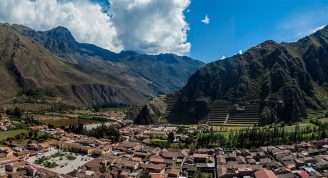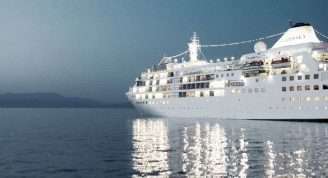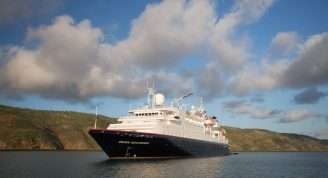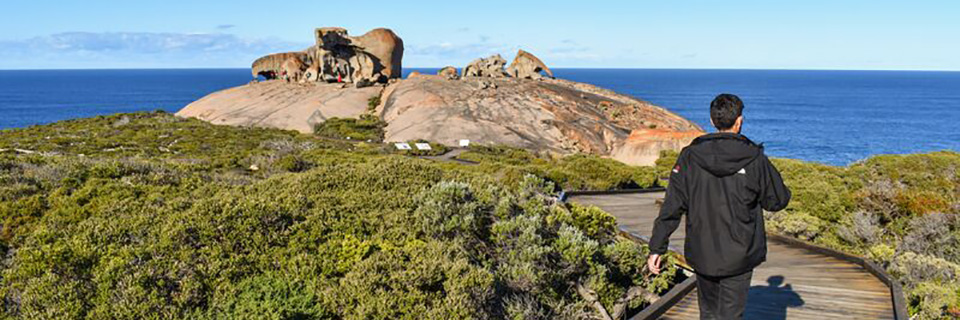Description
A journey that captures both Japan’s cultural heart and shimmering wintertime charms. From the sublime gardens and spectacular shrines of Kyoto to Hiroshima’s wartime history to Tokyo’s futurisitic metropolis, you will experience firsthand Japan’s mythical traditions and modern wonders. Then it’s off to Hokkaido, Japan’s northernmost island, for picturesque landscapes and a mesmerising celebration of natural, cultural and artistic delights. Watch Japanese macaques (snow monkeys) warming themselves in steaming onsen before following their lead and dipping into one of your own. Step back in time along the charming streets of Otaru and sample sake at an atmospheric stone brewery. Marvel at the balletic dancing of endangered red-crowned cranes at snow-covered Lake Akan. Be awestruck by a multitude of snow and ice sculptures at Sapporo’s world-renowned Snow Festival before trying a few local brews at Sapporo’s beer museum.
- Japan is a year round destination and winter is one of the best times of the year to to experience it. The streets are lit up at night and blanketed in snow, the markets are bustling a piping hot bowl of ramen tastes especially good when it is below zero outside!
- This trip is a great balance of included activities in each destination and free time for your own choice of options, all backed by a helpful leader to steer you in the right direction of the best experiences.
- There’s no better way to get around Japan than the country’s famous railway system. Be impressed by the efficiency and ultra-modernity as you zip from place to place with your included Japan Rail Pass. Your leader will organise all the logistics so all you need to worry about is whether to choose ramen or yakitori for dinner.
- A visit to the Hiroshima Peace Park is a sobering but important experience for understanding the tragedies of Japan’s not so distant past.
- Trace the steps of the Geisha around the alleyways of Kyoto’s atmospheric Gion district and sit down with an apprentice Geisha and enjoy some traditional tea and entertainment.
- Stay in a ryokan (traditional Japanese inn) and sample simple home-cooked fare in Edo-era Takayama, explore local markets and the Hida Folk Village.
- Stop over in Tokyo, one of the most extraordinary capital cities on the planet.
- There's nothing like watching Japanese macaques (snow monkeys) enjoy their hot spring baths in Hakodate. You'll get your own chance to experience the tradition of the Japanese onsen in many destinations on this itinerary too.
- Venture far afield to the remote Lake Akan and appreciate the beauty and fragility of the winter home of endangered cranes.
- Stroll along the snow covered canals of Otaru and try your hand at the local art - kitakarou glass blowing.
- The Sapporo Ice and Snow Festival is world famous for its huge and elaborate sculptures. Make sure you get your camera out and have your batteries charged as you will take far more photos than you expected!
- Warm up after your winter wanderings with visits to some of Japan's best-known breweries and whiskey distilleries.



